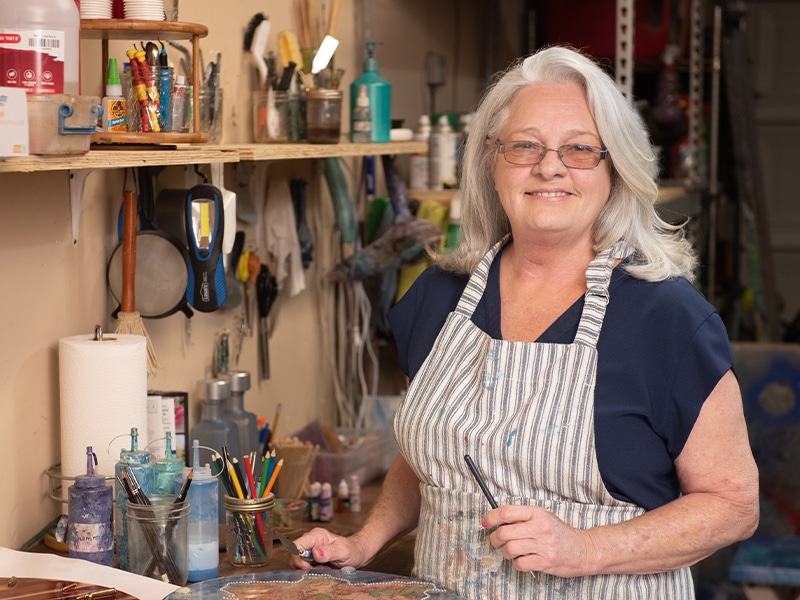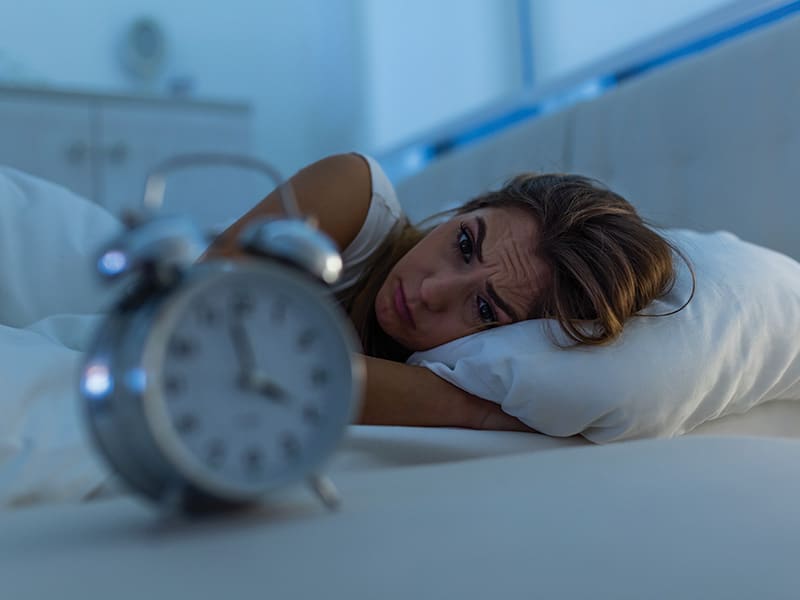Bedtime was once a chore for sleep apnea patient Patti Kramer, until she learned about an alternative procedure that would allow her to shut off her CPAP machine for good.
“I like to travel and camp and fish,” says the 69-year-old Arlington resident. “The machine, the filters, the distilled water, the mask, the hose — all that mess really puts a lot of limitations on you.”
She had nearly given up on enjoying a night undisturbed by her sleep apnea or the machine prescribed to treat it when she read about an alternative offered by a doctor on the medical staff at nearby Methodist Mansfield Medical Center.
“It works wonders,” Patti says of Inspire, an implant that opens the upper airway with tiny electrical pulses much like a pacemaker does for the heart. “I no longer take naps half the day because I’m not sleeping at night.”
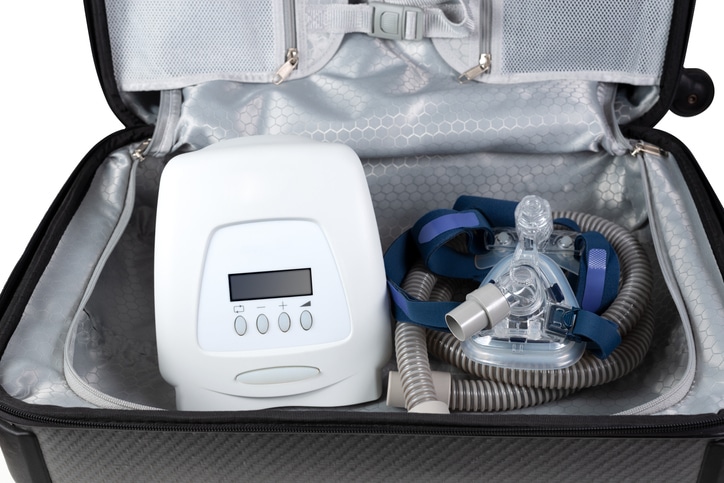
On trips, Patti found a CPAP machine cramped her style and her packing space.
HOW THE DEVICE WORKS
Over the past 15 years, Patti’s continuous positive airway pressure machine, otherwise known as a CPAP, had become her nightly nemesis – a complaint that is quite familiar to Luke Shellenberger, MD, an otolaryngologist and ENT specialist on the medical staff at Methodist Mansfield.
“They’re up all night wrestling with their CPAP and wake up just as tired as if they weren’t being treated for sleep apnea at all,” Dr. Shellenberger says.
Patti, who’s retired but still sells her artwork at craft shows, did her research and learned about an alternative: Inspire, the only FDA-approved surgical implant for obstructive sleep apnea. It’s for patients who have tried positive airway treatments (how a CPAP works) and can’t tolerate them.
The battery-operated device, which resembles a pacemaker in size and shape, is implanted under the skin, but rather than sending electrical impulses to the heart, it stimulates a nerve in the tongue so the airway opens in concert with a patient’s breathing.
“I thought, this would be better than sliced bread if it works,” Patti says. “I went through my Medicare network and found Dr. Shellenberger close by. He had experience with Inspire, so I went in and had a consultation.”
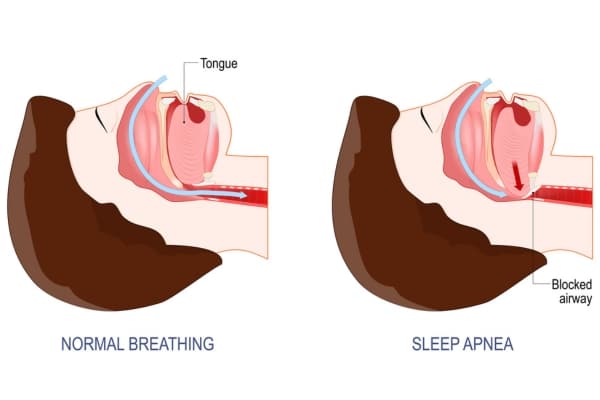
For those who suffer from sleep apnea, the soft tissue at the back of the tongue obstructs the airway.
OTHER SURGICAL OPTIONS
While others surgical solutions for sleep apnea involve trimming the tissue that obstructs the airway, including the epiglottis, tonsils, uvula, and even the base of the tongue itself, the Inspire procedure is minimally invasive and takes only about an hour to perform.
“Inspire is the biggest advancement we’ve seen, from a surgical standpoint, in decades,” Dr. Shellenberger says. “It’s vastly more successful than traditional sleep apnea surgeries.”
By the end of her consultation, Patti felt well-informed and confident enough to try the procedure. Fortunately, she qualified because she has moderate to severe apnea and a body-mass index (BMI) under the Medicare limit of 35. Then she took a diagnostic test called drug-induced sleep endoscopy.
“It’s a pretty simple test where an anesthesiologist will drift you off to sleep, and we’ll look at the pattern of obstruction to make sure Inspire is the right fit for you,” Dr. Shellenberger says.
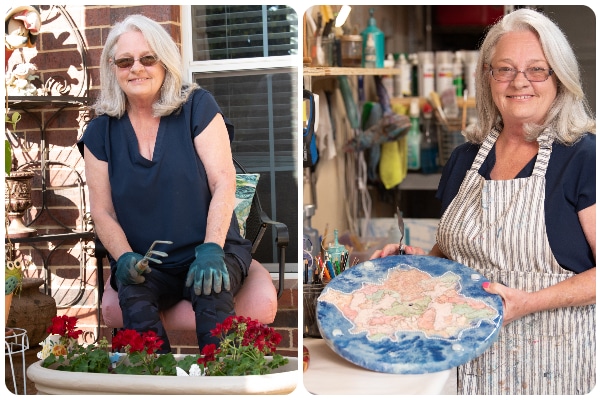
Patti is getting better sleep and enjoying her waking hours gardening and painting clocks in her workshop.
SLEEPING WELL AGAIN
Patti went home after the procedure and resumed her normal routine. A month later, after she had completely healed, she returned to Dr. Shellenberger’s office for a follow-up visit where the device was turned on and calibrated for her.
“They turned on the device and showed me how to use it,” Patti says. “It’s very simple; you don’t have to be a rocket scientist to use it.”
The device does not work at all hours, only when the patient turns it on using a small handheld remote control. A companion smartphone app can track sleep, monitor the device, and set goals.
Aside from discomfort at the site of the implant, the FDA lists some side effects of the procedure, including tongue soreness, problems with swallowing or speaking, and dry mouth.
But the life-changing effect of Patti’s experience has been no longer needing her CPAP and finally getting a good night’s sleep.
“Now I can travel with just my little remote,” she says. “I can go places without hoses, a mask — I don’t have to deal with all that stuff anymore. I got my freedom back.”

